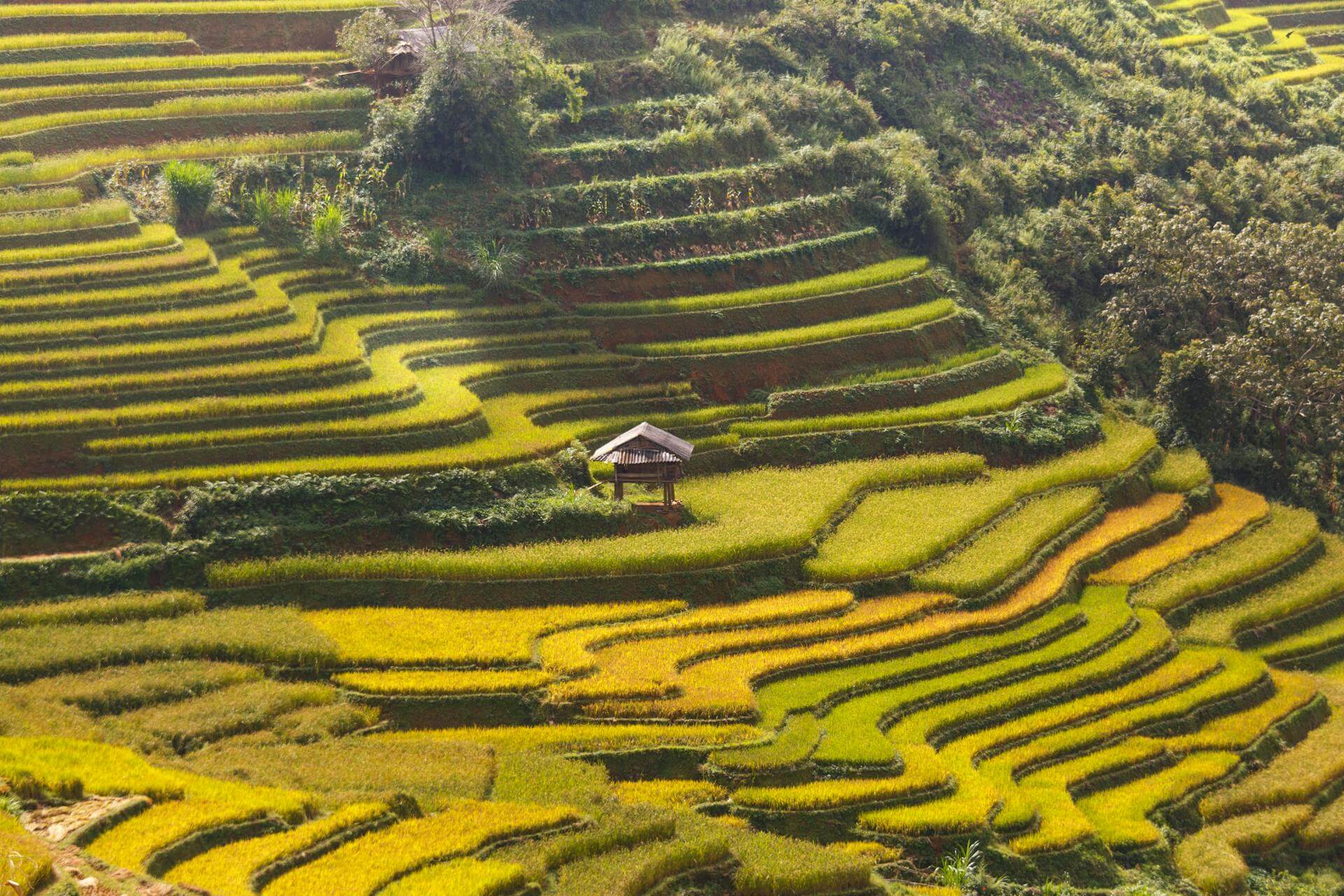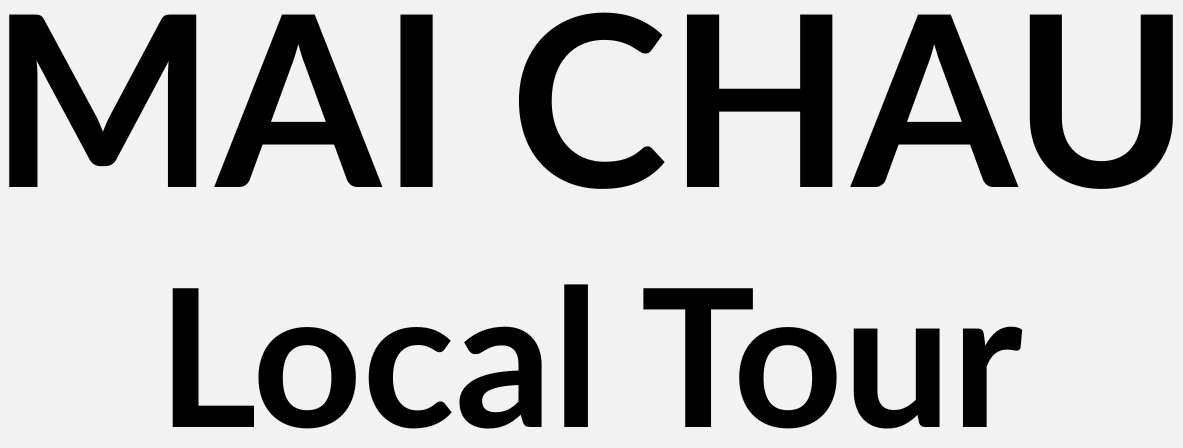In today’s hyper-connected world, speed is celebrated. We scroll, swipe, click, and move fast—from one country to the next, one attraction to another, ticking boxes like we’re collecting passport stamps in a game of cultural bingo. But in doing so, we often leave the heart of a place unexplored.
Vietnam, a country of haunting beauty and poetic contrasts, suffers most in this rushed approach. Travelers zip through it in ten-day itineraries, chasing popular destinations like Hanoi, Ha Long Bay, Hue, Da Nang, and Ho Chi Minh City in a whirlwind that leaves them tired—and ironically—uninspired.
But what if the answer to truly knowing Vietnam lies not in acceleration, but in deceleration? In slow travel?
This article isn’t about which cafés to visit or which beaches to sunbathe on. It’s a deeper meditation on why embracing slow travel in Vietnam doesn’t just enhance your trip—it transforms your relationship with time, place, and humanity.
Understanding Slow Travel: A Philosophy, Not a Trend
Slow travel isn’t merely about longer stays; it’s a mindset. It’s about rejecting superficial checklists and choosing presence over performance. In Vietnam, this ethos becomes especially potent.
This is a land where history is not confined to museums but whispered through alleyways. Where meals aren’t rushed but lingered over, full of unspoken meaning. Where landscapes don’t beg to be Instagrammed but absorbed—through silence, through walking, through waiting.
To travel slowly in Vietnam is to accept that you won’t see everything. But what you do see will stay with you. Deeply.
The Depth of Culture: More Than Just Sights
Take the ancient town of Hoi An, for example. Most tourists spend a day or two, wandering its lantern-lit streets and snapping photos of the Japanese Bridge. But those who stay longer begin to notice subtleties: how the town shifts at different times of day, how local families prepare for full moon festivals, how tailors not only remember your name but ask after your family.
Slow travel gives you time to listen—not just to locals, but to the rhythms of a culture. It gives you room to make connections: with the bà bán xôi (sticky rice vendor) who smiles at you every morning, with the children who invite you into their games, or with a weathered fisherman who teaches you to mend nets while watching the tides roll in.
This is Vietnam unfiltered—not curated through tour packages, but revealed through intimacy and attention.
The Geography of Slowness: Landscapes That Demand Time
Vietnam’s geography almost insists on slowness. The country stretches over 1,600 kilometers from north to south. Its topography varies dramatically—lush rice paddies in the Red River Delta, jagged limestone karsts in Ninh Binh, cloud-covered mountains in Ha Giang, the vast waterways of the Mekong Delta.
To race through this diversity is to miss it entirely.
Take Ha Giang, Vietnam’s northernmost province. A popular motorbike loop has gained popularity in recent years, but many travelers speed through it in three or four days. In doing so, they miss the quiet moments that make the mountains magical: the way morning fog coils through valleys, the silence of a Hmong village at dawn, the warmth of homemade corn wine shared by strangers at night.
Slowness in geography teaches humility. You realize that you are not here to conquer the land, but to coexist with it—even if just for a little while.

Food as a Portal: Slow Eating, Slow Understanding
Vietnamese cuisine is famously complex. But understanding it requires more than eating it—it demands slow observation and cultural curiosity.
Consider phở. It’s everywhere, and yet nowhere the same. In Hanoi, the broth is lighter, the flavor more subtle, the noodles thinner. In Saigon, it’s bolder, spicier, garnished with herbs and lime. To truly appreciate the difference, you must eat phở not just once, but many times. In homes, in alleys, at train stations, in morning markets.
Beyond phở, there’s cơm tấm (broken rice), bún bò Huế (spicy beef noodle soup from Hue), and bánh bèo (steamed rice cakes topped with shrimp). Each dish is a story—of region, of family, of class, of climate.
Slow food travel means asking the vendor how the dish is made. It means watching an old woman wrap bánh chưng during Tết (Lunar New Year), learning that every fold in the banana leaf has a purpose. It means cooking with a host family and burning the garlic—but laughing through it.
Language and Silence: Conversations That Matter
Most travelers in Vietnam speak little Vietnamese. And while the language barrier may seem daunting, slowing down allows communication to happen on more meaningful levels—sometimes through words, often through gestures, always through patience.
When you stay in one place longer, even basic phrases like “cảm ơn” (thank you) or “ngon quá” (so delicious!) carry weight. Locals begin to recognize your effort. Smiles grow more genuine. Invitations begin to appear.
A woman in Sapa might invite you to a funeral feast. A café owner in Hue may remember your order, then ask about your mother. These are not transactional moments. They are human ones.
Slow travel isn’t about talking more. It’s about listening better.
The Emotional Tapestry: Space for Stillness, Room for Change
Many travelers arrive in Vietnam expecting sensory overload: chaotic traffic, bustling markets, sizzling street food. All true. But Vietnam also offers extraordinary stillness—if you allow it.
Sit by the Perfume River in Hue at sunset. Listen to the wind rustle through pine trees in Da Lat. Watch a monk sweep the courtyard of a pagoda in Vĩnh Long with a rhythm older than memory. These are not dramatic events. They are sacred pauses.
The slower you travel, the more you feel these moments.
Emotionally, slow travel fosters change. It invites reflection, vulnerability, and sometimes even healing. You start to notice how time moves differently here. How people endure, how they grieve quietly, celebrate subtly. How resilience is baked into daily life.
Vietnam doesn’t shout its stories. It whispers them. You just have to linger long enough to hear.

The Ecological Argument: Traveling Kindly
There is also an ethical dimension to slow travel—especially in a country like Vietnam that struggles with over-tourism in certain regions.
Fewer flights. Less pressure on local infrastructure. More money going directly to communities through homestays, family-run businesses, and long-term rentals. When you slow down, you become not a consumer of the place, but a temporary citizen. A steward.
You buy vegetables from the same stall. You refill your water instead of buying plastic bottles. You respect customs—not as an outsider peeking in, but as a guest trying to be polite.
You tread lighter. And that matters.
Practical Ways to Travel Slowly in Vietnam
For those who want to embrace slow travel in Vietnam, here are some meaningful approaches:
- Stay in one place for at least a week. Get to know a neighborhood. Learn people’s names. Shop local.
- Use slower transport. Take trains instead of planes. Ride local buses. Or better yet—walk and cycle.
- Choose homestays over hotels. Engage with host families. Ask questions. Offer to help cook.
- Volunteer responsibly. Whether teaching English, farming, or conservation, make sure your work is ethical and welcomed.
- Travel with intention, not itinerary. Leave days unplanned. Follow curiosity, not just TripAdvisor.
The Spiritual Undercurrent: Slowing Down to Wake Up
At its deepest level, slow travel isn’t just about how we move—it’s about how we live.
Vietnam has a unique spiritual texture. A mix of Buddhism, Confucianism, ancestral worship, and folk animism gives rise to a worldview where time is cyclical, where the dead coexist with the living, where presence is valued over productivity.
When you travel slowly, you align with this rhythm. You begin to understand why elders sit quietly in front of ancestral altars. Why people burn ghost money for their deceased parents. Why incense is lit not for show, but for remembrance.
In slowing down, you don’t just see Vietnam more clearly. You see yourself more clearly.
Conclusion: What You Carry Home
When you eventually leave Vietnam, you will carry souvenirs. Maybe lacquerware, a woven scarf, a worn map. But slow travel ensures you also carry something deeper: a shift in perception, a quieter heart, a renewed patience.
You’ll remember not just what you saw, but who you became while seeing it.
And that, perhaps, is the truest reward of all.
Vietnam does not ask to be rushed. It asks to be respected. To be sat with. To be understood.
In this age of speed, that is not just rare.
It is revolutionary.

